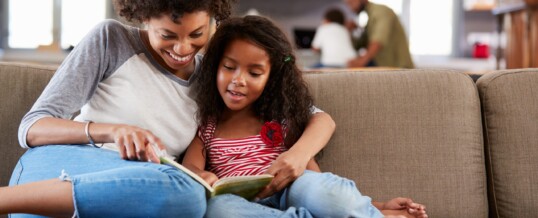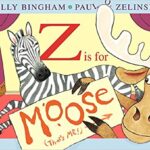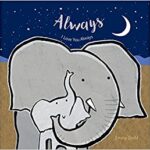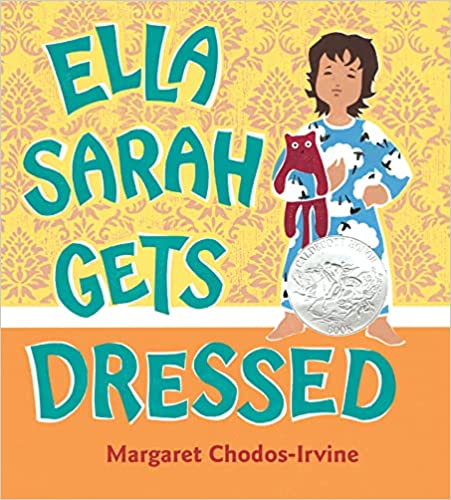
Z is for Moose, by Kelly Bingham
Zebra is directing everyone as he creates a stage show about the alphabet. Moose is Zebra’s friend and he is worried that he will be left out of the show. When Moose is not asked to be on the stage for the letter M, he has a big feeling of being left out. He begins to push the other animals and people, then Moose starts to cry. Many preschoolers show their feelings in this way. But Zebra has saved a special place for Moose. Z is for Zebra’s friend Moose.
Always, by Emma Dodd.
Sometimes you’re happy and sometimes you’re sad. Sometimes you’re kind and sometimes you’re mean. No matter what: Mommy always loves you.
Ella Sarah Gets Dressed, by Margaret Chodos-Irvine
Ella Sarah wants to wear her pink polka-dot pants, her orange and green flowered dress, and her purple and blue striped socks. Her mom says no, her dad says no and her sister says no. Ella Sarah goes into her room and gets dressed with her choice of clothes. Preschoolers feel more confident when they make choices and do things for themselves.
How to pick a great children’s book
The selection of books is as important as the selection of toys. Young children have incomplete information for understanding the world around them, which results in what we often refer to as “magical thinking”: explanations for things that don’t make sense to adults. Magical thinking can make it difficult to know what’s going on in a child’s mind, and may lead to unexpected reactions of fear or stress.
Here are some thoughts about selecting appropriate books:
- Look for pictures that may be scary to a young child. Is there a fire? Do the animals have long sharp teeth? Are there depictions of things that you know are troubling to your child specifically?

Acierno
- Is the vocabulary suitable? Are the words scary, like yelping, snarling and hissing sounds. Are there references to violence or antisocial behavior – fighting or throwing things?
- Is it developmentally appropriate? Books for young children should be uncluttered and simple with a clear presentation of the important concepts. The first words that children learn are nouns – the objects of everyday life.
For more insights about selecting books and reading with young children, look at our original list of 100 great children’s books.
Book links go to Amazon and generate a small donation to Hanna Perkins Center when used to make a purchase.
FEB
2022





About the Author:
Early Childhood Educator Noreen Acierno teaches preschool at Hanna Perkins School, where she has worked since 1999. She is passionate about children's books.